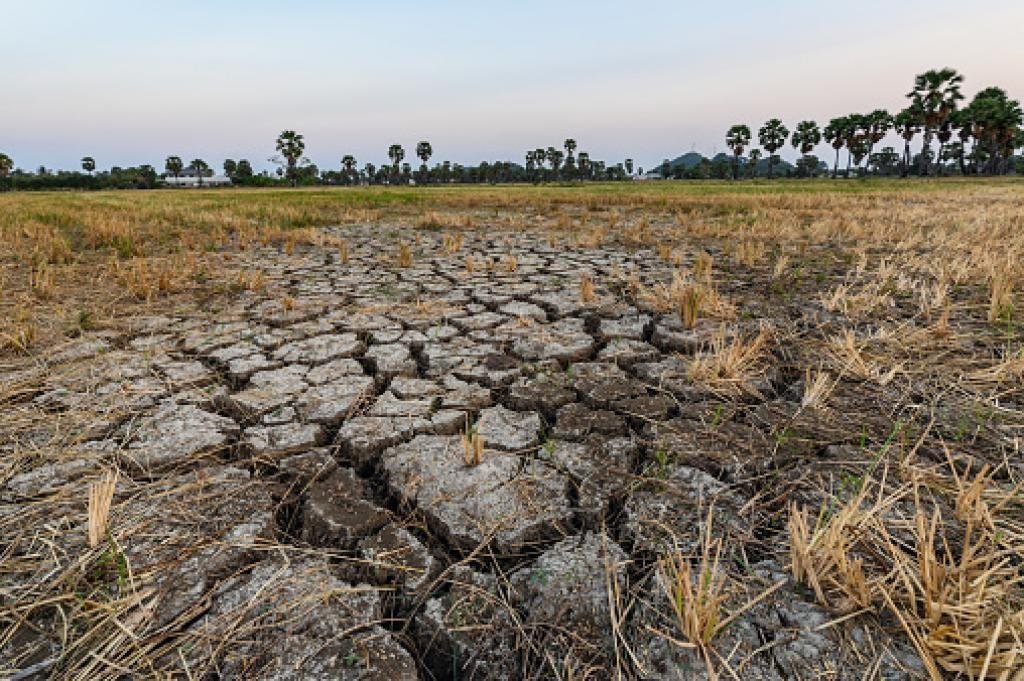UNCCD’s Concerning Findings on Rangeland Degradation
The United Nations Convention to Combat Desertification (UNCCD) has released a distressing report titled “Global Land Outlook Thematic Report on Rangelands and Pastoralists,” which reveals that up to 50% of the world’s rangelands are degraded, nearly doubling previous estimates of 20% to 35%. This degradation, primarily caused by over-exploitation, climate change, and misuse of natural pasturelands, poses significant threats to global food supply and the livelihoods of billions.
About Rangelands
Rangelands, comprising natural grasslands like savannas, shrublands, and wetlands, cover 80 million square kilometers or 54% of the Earth’s land surface. They play a crucial role in global food production, accounting for one-sixth of it, and are significant carbon reservoirs. In India alone, rangelands occupy about 121 million hectares, with a significant portion considered underutilized.
Economic and Environmental Significance
Rangelands are pivotal to the economies of several countries. For instance, livestock production contributes to 19% of Ethiopia’s GDP and 4% of India’s GDP. Brazil, a major beef producer, attributes about one-third of its agribusiness GDP to cattle livestock. In Central Asia and Mongolia, rangelands are vital for the livelihoods of about one-third of the population due to livestock herding.
Degradation Impact and Regional Affected Areas
The report identifies key symptoms of rangeland degradation such as reduced soil fertility, increased salinization, and soil compaction, which hinder plant growth and biodiversity. Major regions affected include Central Asia, China, Mongolia, North Africa, the Near East, and various parts of Africa and South America. Specifically, in India, around 120 million hectares of land suffer from various forms of degradation including water and wind erosion, chemical contamination, and physical damage.
Recommendations for Sustainable Management
The UNCCD report recommends several strategies to combat rangeland degradation:
- Integrating climate change mitigation and adaptation strategies with rangeland management to enhance carbon sequestration.
- Preventing the conversion of rangelands to other land uses that reduce their diversity, particularly those involving indigenous lands.
- Framing effective rangeland conversion measures to support biodiversity conservation.
- Promoting pastoralism-based strategies to improve rangeland health.
- Encouraging policies that involve community participation in the protection and sustainable management of rangelands.
Global Impact and Biodiversity
Rangelands not only support about 1.2 billion people living below the poverty line through livestock-related income but also maintain around 1 billion animals worldwide, supporting 200 million households and providing 10% of the world’s meat. Moreover, approximately one-third of global biodiversity hotspots are located within these rangelands, underscoring their ecological importance.


